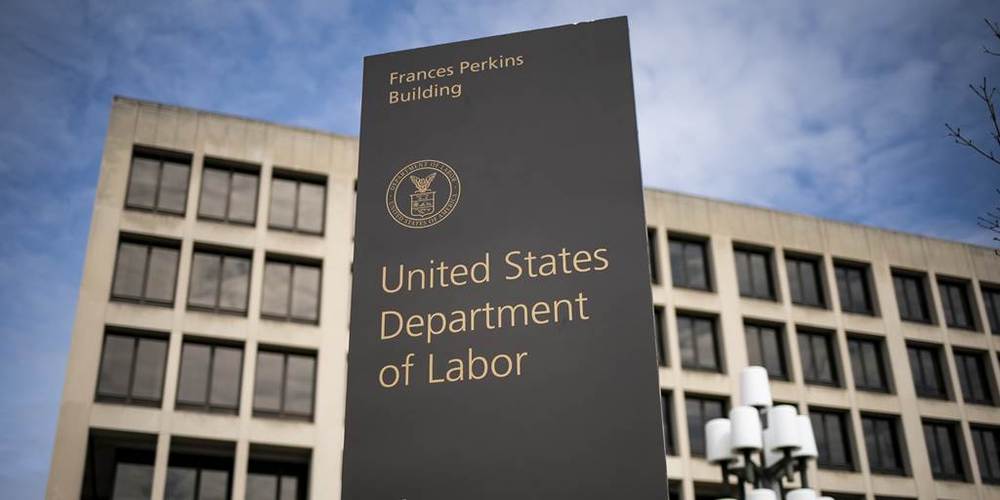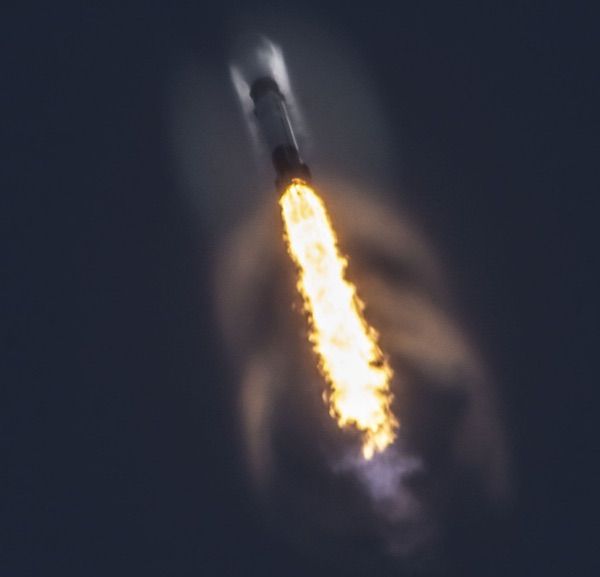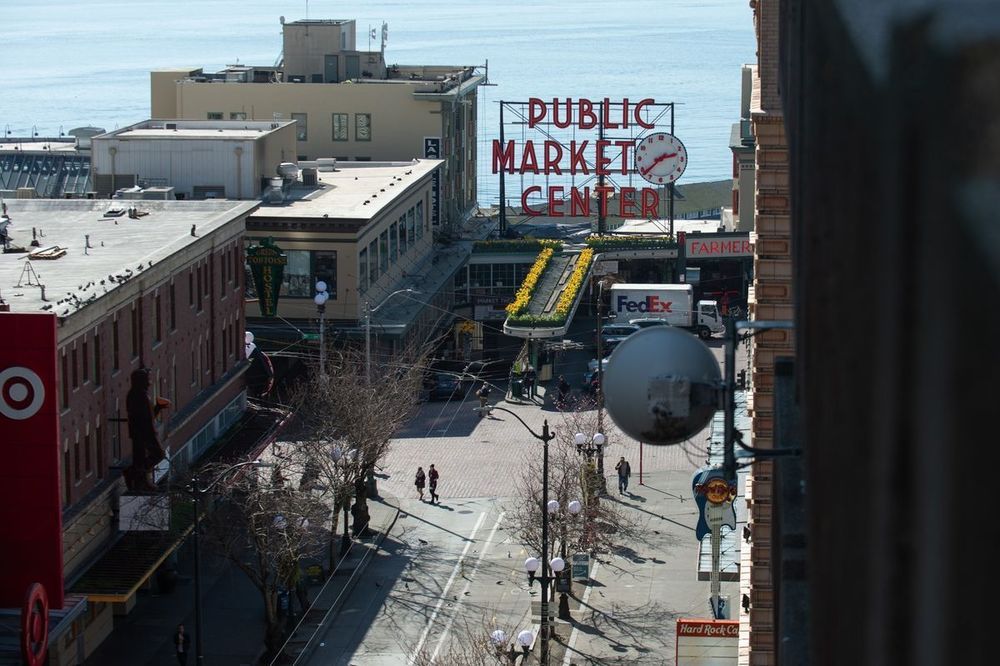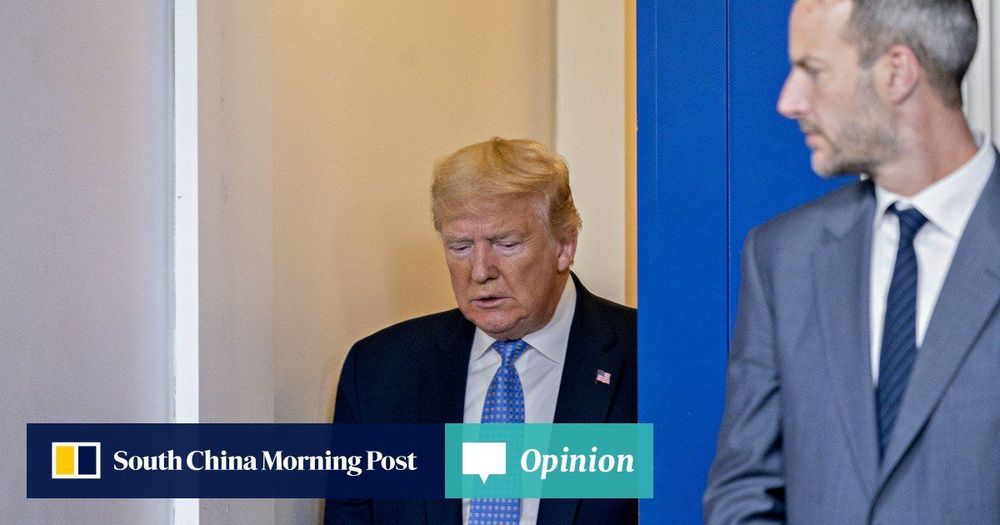Circa 2017
Plant viruses, the simple obligate intracellular parasites with small genomes, rely entirely on host machineries for their life cycle including replication, intracellular (cell-to-cell) and systemic movement (Nelson and Citovsky, 2005). Virus infections pose serious threats to agriculture and cause huge economic losses. Despite encoding only a limited number of proteins, numerous interactions of viral RNAs/proteins with host factors have puzzled the plant virologists for over a century and the complexity of these interactions is just becoming understood.
Plants have developed two major strategies to counteract virus infections: resistance (R) gene-mediated, and RNA silencing-based defenses. In addition, the mutation in essential genes for viral infection also causes plant resistance against viruses, called recessive gene-mediated resistance. These approaches have been used in crop protections and have shown significant economic impact (Abel et al., 1986; Whitham et al., 1996; Baulcombe, 2004; Kang et al., 2005; Wang and Krishnaswamy, 2012).
This Research Topic combines 13 publications, including 9 review articles and 4 research articles, covering almost every aspect of plant-virus interactions. The featured in-depth topic reviews in various sub-fields provide readers a convenient way to understand the current status of the related sub-fields and the featured research articles expand the current knowledge in related sub-fields.








